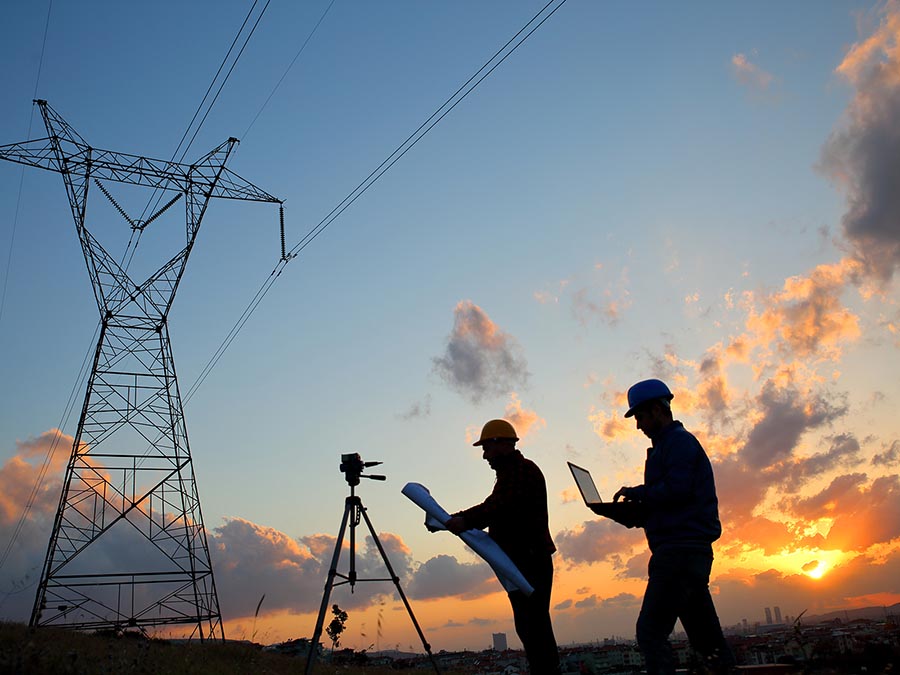AEMO has today released the 2019 Victorian Annual Planning Report (VAPR) which assesses the adequacy of the Declared Shared Network (DSN) to meet reliability and security needs over the next 10 years.
The report finds that Victoria's energy landscape is continuing to undergo unprecedented change, with strong investor interest in western parts of the state and rapidly increasing uptake of non-synchronous generation changing the technical characteristics of the system.
“The growth of renewable resources in western Victoria means that the geographic diversity of generation resources is now shifting away from the Latrobe Valley into parts of the state where the network is less developed and able to cope with the new forms of generation” said Chief System Design & Engineering Officer, Dr Alex Wonhas.
“AEMO is working closely with the Victorian State Government and industry to progress significant network investment projects, including the Western Victoria Renewable Integration Regulatory Investment Test for Transmission (RIT-T), which will help improve supply availability, manage voltage control challenges, and unlock the high-quality renewable energy zones detailed in our 2018 Integrated System Plan,” said Dr Wonhas.
These network investment projects also include the transmission upgrade recommendations in our Victorian Reactive Power Support RIT-T Project Assessment Draft Report (PADR), which will improve AEMO’s ability to manage voltage control challenges and deliver net benefits to our energy markets.
The VAPR concludes that under normal operating conditions, Victoria’s transmission network remained secure in 2018-19, however, record-breaking high temperatures coupled with a tightening supply-demand balance, contributed to periods of supply shortfall.
“Data from Australia’s Bureau of Meteorology shows that this January was the hottest month ever recorded in Australian history. The operational challenges these extreme weather conditions produce support our need to optimise Victoria’s transmission and infrastructure systems, which will ultimately help deliver energy supply where and when it’s needed most,” said Dr Wonhas.
The VAPR notes that weather patterns were not the only record-breaker for the 2018-19 year, with Distributed Energy Resources (DER), such as rooftop solar and home batteries, contributing to new record periods of minimum demand.
“For the first time in Victoria’s history, minimum demand occurred in the early afternoon rather than overnight. This supports AEMO’s analysis that residential rooftop solar will continue to be a major energy resource in Australia’s National Electricity Market, forever changing the demand patterns,” said Dr Wonhas.
To view the full VAPR or PADR report, please visit the AEMO website.







